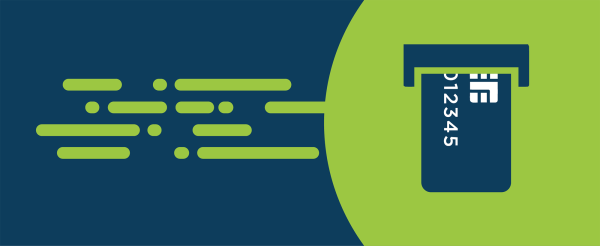As the number of EMV® chip payment cards in circulation reaches over nine billion worldwide and U.S. migration to EMV chip continues, EMVCo recently announced a new testing framework to help address merchant, acquirers and processors needs for a streamlined process for deploying payment terminals that are certified as meeting Level 3 requirements.
In this Q&A post, EMVCo Director of Technology Bastien Latge, provides insight into the role of EMV testing, and how its latest Testing Framework standardises the approach for testing and certifying the integration of terminals. This supports multiple payment systems and reduces time to market for new and upgraded terminals.
First, what is EMVCo’s role in testing and certification?
Bastien Latge: EMVCo facilitates the testing and certification of products to support the implementation of EMV technology. Specifically, EMVCo operates and maintains testing and certification programmes to validate that a product is EMV®-compliant and will perform in accordance with the EMV Specifications when brought to market.
What is EMV Level 3 testing?
Bastien Latge: EMV Level 3 (L3) testing validates the integration of an EMV payment or cash dispensing terminal with any merchant or bank systems to ensure end-to-end transaction acceptance. It includes the series of processes required to ensure that a new or upgraded terminal (hardware and/or software) meets the specific requirements and recommendations of the individual payment systems before being deployed in the field.
Why has EMVCo introduced a new framework for EMV L3 testing?
Bastien Latge: Testing brings technical stability and confidence to all stakeholders, but it can also be time-consuming and complex. EMVCo has launched the new framework to help address these challenges and requests from the merchant, and wider payment community, for a more streamlined integration testing experience that supports multiple payment systems.
How does the framework streamline the EMV L3 testing process?
Bastien Latge: With the previous testing process, some payment systems developed and managed their own EMV L3 test tools and certification processes or used third parties to support this activity. This meant that test tool providers were required to develop and qualify different tools to meet the specifications of the individual payment systems.
Now, with the new framework, test tools providers can develop consolidated solutions to perform terminal integration testing across different payment systems, without the need for repeated test tool qualification.
The framework standardises the testing file formats and tool qualification process (involving a digital machine-readable test plan, test cases, and pass criteria descriptions) which improves the quality of the test tools, increasing flexibility and consistency, reducing the time spent testing and certifying the integration of EMV terminals, and enabling any interoperability issues to be quickly identified and resolved.
Additionally, a new Level 3 (L3) Participant System Identifier (PSI) service enables domestic payment systems to include their own terminal integration testing requirements using an EMVCo pre-assigned identifier in an EMVCo qualified test tool, alongside those of the international payment systems, providing full testing synergy.
What benefits does the EMV L3 Testing Framework provide to the payment industry?
Bastien Latge: The EMV L3 Testing Framework delivers various process and operational efficiencies that enhance the ease of use, convenience, and consistency of testing and certifying the integration of terminals. This benefits the entire payment community – domestic and global payment systems, processors, merchants, test tool providers and test laboratories.
By standardising the testing process, the framework reduces ambiguity, improves automation and results in better quality tools with greater flexibility. These tools can quickly meet the evolving requirements of the individual payment systems and other testing entities.
For merchants and acquirer processors, a streamlined testing approach means quicker time to market for integrating new, or updating existing, payment acceptance terminals.
How was the EMV L3 Testing Framework developed?
Bastien Latge: The framework was developed based on a feasibility analysis that identified key elements to achieve a more streamlined integration testing experience that supports multiple payment systems. Work on the initiative was conducted through EMVCo’s Associates Programme to confirm understanding of requirements and achieve the required efficiencies and improved automation. EMVCo also engaged with test tool and services providers to receive detailed insight on technical improvements and digital automation.
How can the payments industry participate in any future developments in this area?
Bastien Latge: EMVCo Associates and Approved Test Tool and Service providers play a key role in EMVCo’s ongoing efforts to provide a standardised approach to Level 3 testing. We will continue to work with these stakeholders on L3 initiatives and keep them informed of specific opportunities for participation.
EMVCo is also currently working with the US Payments Forum (USPF) – Testing and Certification Committee to engage the broader payments industry in the US for their feedback on specific aspects of L3 testing tools where greater consistency can be achieved.


